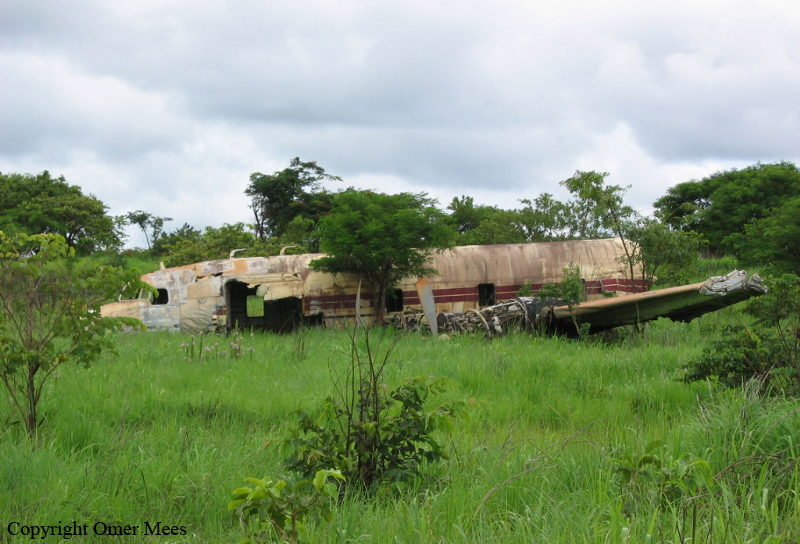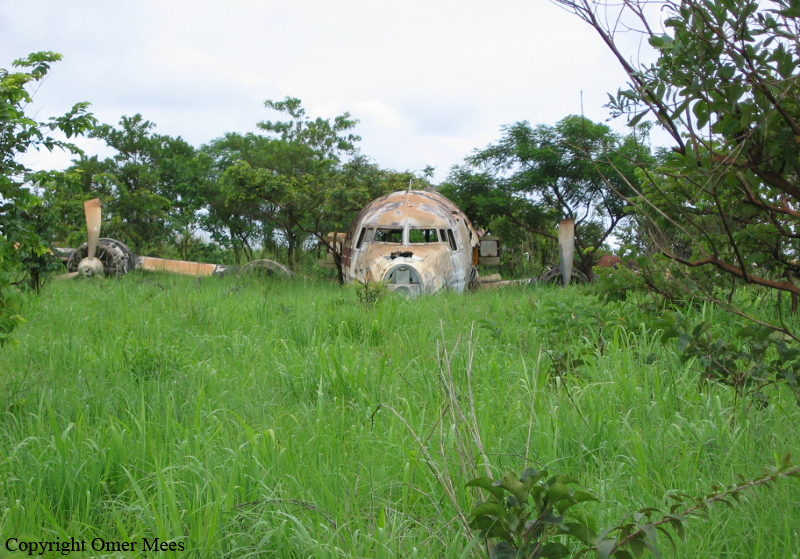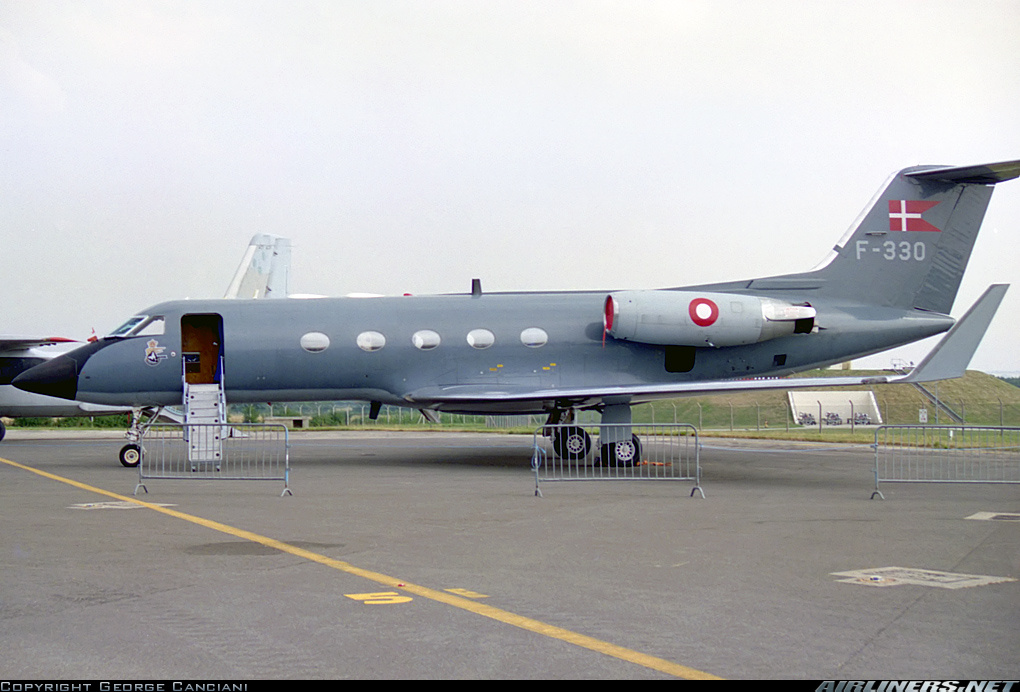Crash of a Douglas DC-6A in Luzamba
Date & Time:
Aug 7, 1996
Registration:
9Q-CJR
Survivors:
Yes
MSN:
45373
YOM:
1957
Crew on board:
0
Crew fatalities:
Pax on board:
0
Pax fatalities:
Other fatalities:
Total fatalities:
0
Circumstances:
After landing, the four engine aircraft veered off runway and came to rest in the bush. There were no casualties.














